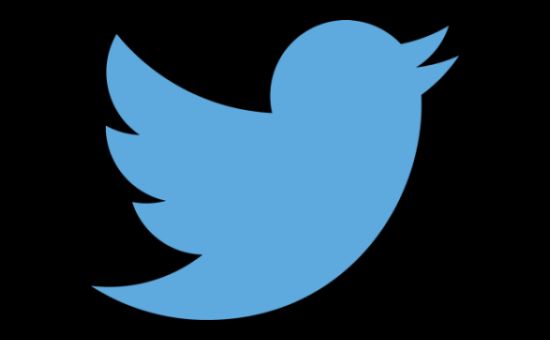
What Do Twitter's New Changes Mean for Brands?

Twitter’s notoriously strict 140 character limit is a source of both relief and frustration. For time-starved information junkies it packs a lot of knowledge into a little space. But for those charged with writing tweets for brands and businesses, the limit forces horrendous feats of linguistic contortion. So the news that the social media platform is dropping links and image links from its character count should allow social media experts to get a bit more creative with their copywriting. But is it enough to stop the flow of users who are leaving the platform? And what new opportunities does it offer brands? Pierre-Henry Briec, Digital Strategist at JWT London shares his thoughts.
What was your immediate reaction when you heard the news?
When I read the news (on Twitter!) I saw it as a move from the platform to facilitate storytelling for users, publishers and brands.
Is this the beginning of a slippery slope to Twitter abandoning the 140 character limit altogether?
I don’t think Twitter will abandon the 140 character limit, and by that I mean the way a tweet is shown in the newsfeed. For two main reasons: Firstly, this is what makes the platform unique and stand out from the competition. Secondly, abandoning it would be a nightmare from a user experience perspective, especially on mobile. A newsfeed full of randomly long or short tweets would be impossible to navigate.
However, it demonstrates that Twitter wants to add more to the initial 140 characters and is investigating new ways to do it.
How do the changes reflect the changing ways we use social media?
It’s not new news, but more than ever content rules Social Media. New devices, bigger screens and faster mobile networks allow social media users to create and share more qualitative content and access more information.
Excluding URLs and images from the 140 character limit would give more space to give context, share thoughts and questions that could encourage engagement on the platform. I guess the next step will be to exclude videos, Vines and Periscopes.
What do you think prompted the move?
Most of the time, when a change or an update is implemented on a social platform (Twitter, Facebook, Tumblr etc.) it’s due to a change in the user behaviour (i.e. The fav icon replaced by a heart icon on Twitter to better match with usage) or a new user need (i.e. Facebook Reactions to give more engagement options to users).
Ultimately, the objective is to facilitate the user experience and to keep them within the platform ecosystem. In this specific case, it’s also a way for Twitter to see if the limit is really “limiting” and if excluding certain types of content from it could encourage users to be more active and publishers to create more bespoke content for the platform.
Will it stem the flow of users leaving the platform?
It might encourage users to be more active and to stay within the platform, which is I think the most important issue Twitter needs to solve. Especially from a business perspective to keep the efficiency of their targeting solution.
Also, it’s easier to lose a passive user than an active user. As we saw last weekend with the Eurovision, the potential of interaction on Twitter is huge: there were more than seven million tweets during the show. And we will probably see even more record breaking number of interactions during the upcoming Euro 2016 football tournament.
So Twitter needs to keep users tweeting by facilitating and enriching interactions. More flexibility on the character limit, new content opportunities or partnerships such as the one sealed with the NFL last month are part of this strategy and moves in the right direction.
Does making it easier to post images mean that Twitter is trying to compete with the popularity of Instagram?
Both Twitter and Instagram rely on real time sharing and are using each other features: On Twitter, you can resize photos and add a filter; on the other hand, Instagram pictures usually come with a multitude of hashtags because it helps them being found and seen. But I don’t think competing with Instagram is one of Twitter’s goals.
What do the changes mean for brands?
If these changes are implemented, they would mean more space for copywriting and creativity to deliver the brand messages.
It could also facilitate the life of hundreds of community managers dealing with customer services and having to share URLs via tweets with reduce copies due the character limit (except of course in the DMs).
On Twitter more than on any other social platform, every character counts.
Now, let’s wait and see how Twitter will come out with new ideas to give more space to content for users but also for brands and publishers (like Facebook Canvas, Instant Articles or Snapchat discovery) but @Jack please, still within 140 characters.













